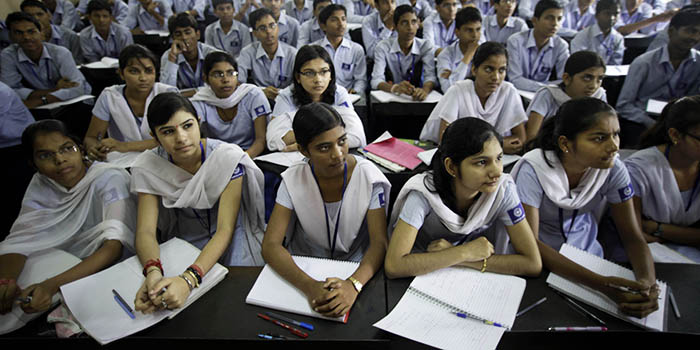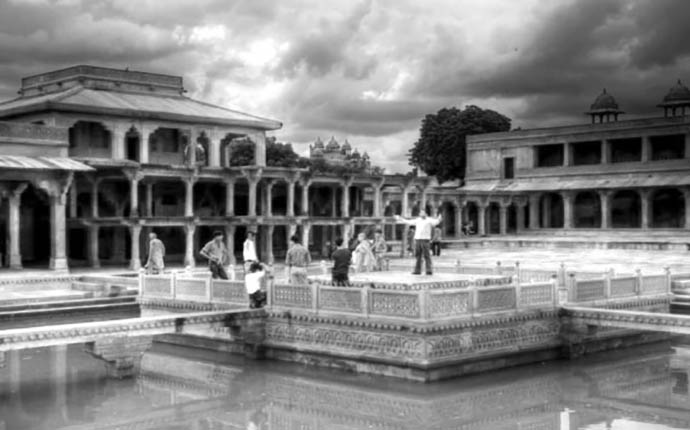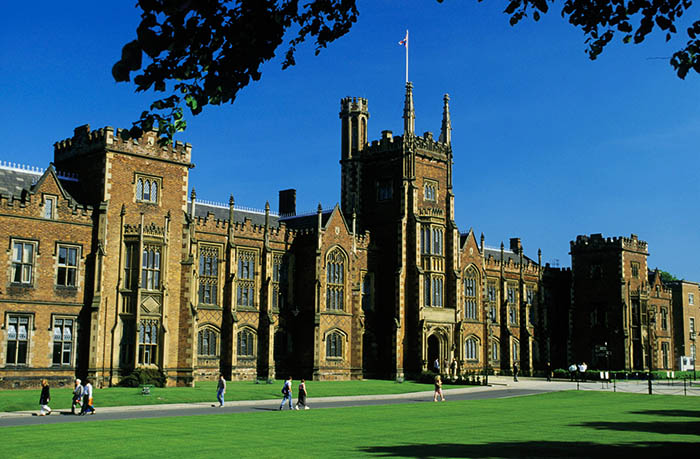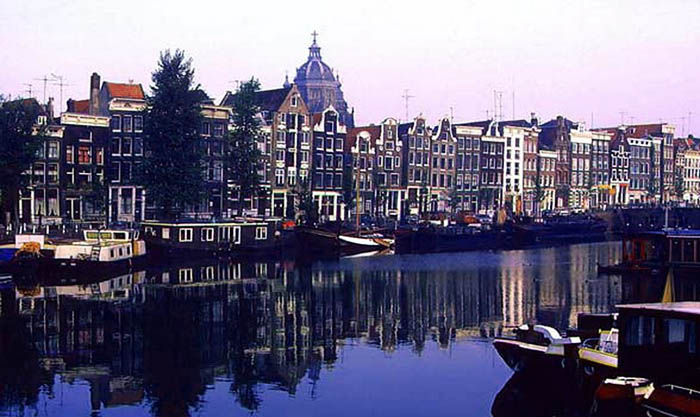
In the late nineties in India 226 universities worked. Among them 16 are the central universities, and the others function according to acts of states. Total number of colleges in the country makes 10555.
Besides traditional, in India there are universities with pronounced specifics: Visva Bkharati; Indira Kala Sangitkh in Hayragarkh where acquaint only with the Indian music; Rabindra Bkharati in Calcutta who is focused on training in the Bengal language and a tagorovedeniye; women’s university in Bombay.
Among universities is small (from 1-3 thousand students) and giants (more than 100 thousand students). There are universities of India with one specialty and one faculty, and there are higher education institutions with many faculties.
The largest universities of India are: Calcutta (150 thousand students), Bombay (Mumbaysky, 150 thousand), Radzhastkhansky (150 thousand), Delhi (130 thousand), University of M. K. Gandhi (150 thousand).
In total at universities of India more than 6,5 million students that makes 5-6% of youth at the age of 17-23 years are trained.
In the last decades the number of students of technical specialties though the share of graduates of liberal arts colleges remains high – about 40% prevails.
Technical education plays extremely important role in national economy and development of human resources of India. For the last half a century this field of education gained considerable development. Except public sector the private organizations also took part in creation of technical and administrative institutes. The number of polytechnical institutes increased with 43 at a set of 3400 students in days of independence to 1128 at a set of 190 thousand in 1997. Now 185 institutes offer postgraduate study on engineering and technical disciplines where 16800 students annually arrive. Except the state institutes and institutes of technology in states, exist also such which are under joint authority central and the governments of states, and also private institutes. All of them are recognized by regulator in the field of the higher technical education – Vseindiysky council for technical education, based by the government of India. Among the main institutes training technologists and managers, technical institutes in Mumbai, Delhi, Kanpur, Kharagpur, Chennai and Guvakhati, and also six institutes on management in Ahmadabad, Calcutta, Bangalore, Lucknow, Indore and Calicut. Receiving the first university degree requires three years.
Within system of the higher education in India there are three levels of the principles of qualifications:
• Bachelor / Undergraduate level,
• Master/level Aspirantov,
• Doctor’s / Pre-doctor’s level.
• The academic Structure of Qualification – Structure of Degree (degree).
Receiving Degree the Bachelor’s (degree) in arts, trade and sciences requires three years of education (after a 12-year cycle of school education). The bachelor in agriculture, stomatology, pharmacopeias, veterinary science demands training for four years while on studying of architecture and medicine longer time is required (five and five and a half years respectively). Absolutely other dates of receipt of degree of the Bachelor in journalism, library science and jurisprudence.
For receipt in a higher educational institution of India it is not necessary to pass entrance examinations. Receiving degree of the master has, as a rule, biennial preparation. Pre-doctor’s level is accepted after end of Degree (degree) of the Owner (master).






Leave a Reply